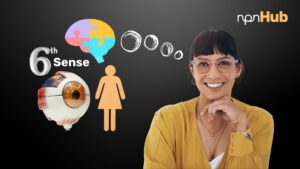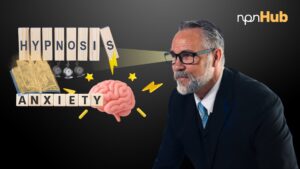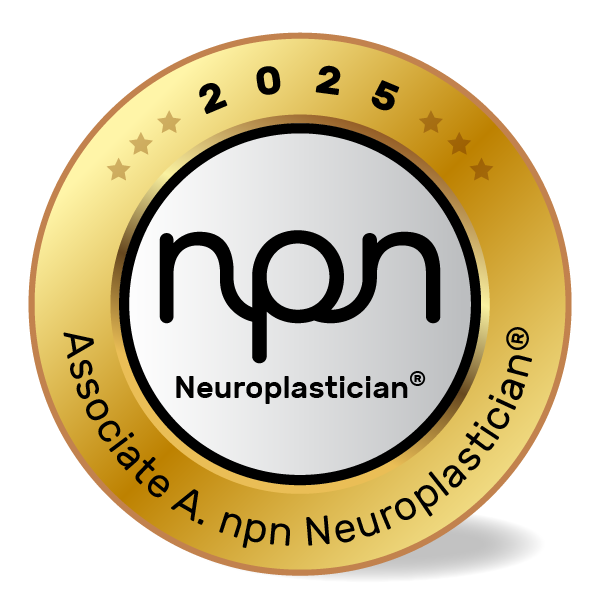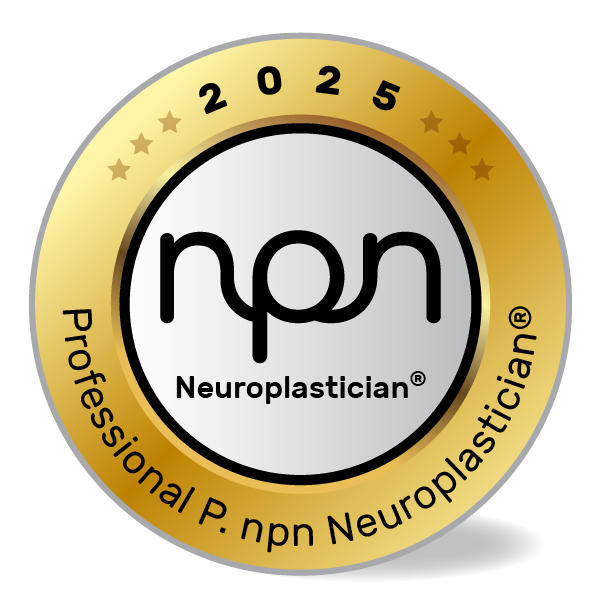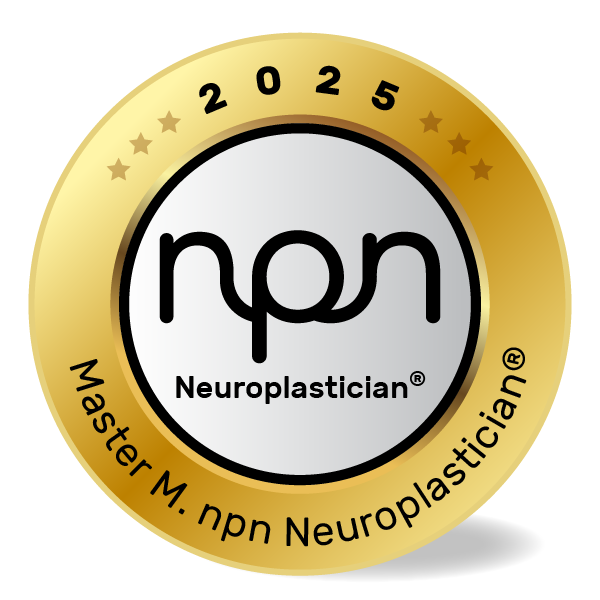How Brain Science Is Redefining Leadership, Performance, and Human Connection
npnHub Editorial Member: Kim Goodwin curated this blog
Key Points
- Neuroleadership uses neuroscience to improve decision-making, emotional intelligence, and influence.
- Brain regions like the prefrontal cortex, amygdala, and anterior cingulate cortex play key roles in leadership behaviors.
- Emotional regulation, empathy, and cognitive flexibility are core neuroleadership skills.
- Understanding brain-based reactions helps leaders manage conflict and promote psychological safety.
- Practical, evidence-based strategies enhance leadership performance and team dynamics.
1. What is Neuroleadership?
Imagine a leadership coach observing a team meeting. One team member quickly proposes a bold idea. Another hesitates, analyzing the risks. A third seems emotionally checked out. The manager responds with frustration – seeing indecision and disengagement. But the coach sees brain patterns: fight-flight responses, cognitive overload, and disengagement triggered by social threat cues.
This scene is an illustrative example, not scientific data, but it mirrors real leadership challenges that stem from how the brain operates under pressure.
Neuroleadership is the application of neuroscience to leadership development, decision-making, emotional intelligence, and organizational change. Coined by Dr. David Rock, founder of the NeuroLeadership Institute, this field explores how brain science enhances leadership outcomes.
Scientific studies from institutions like Harvard and Stanford have shown that stress, uncertainty, and poor psychological safety impair prefrontal cortex functioning – diminishing innovation, empathy, and decision-making.
In essence, neuroleadership helps leaders work with the brain, not against it.
2. The Neuroscience of Neuroleadership
During an executive debrief, a coach noticed a leader who routinely “shut down” during conflict. Instead of tackling the behavior at face value, the coach explored the client’s neural patterns. Brain imaging later showed overactivation in the amygdala and reduced engagement in the prefrontal cortex during conflict scenarios.
This is a fictional example, used to illustrate a real phenomenon: stress inhibits executive functioning.
Neuroscience reveals that key leadership skills – such as strategic thinking, emotional regulation, and empathy – depend on integrated brain networks. The prefrontal cortex (PFC) is central to focus, planning, and impulse control. Under stress, the amygdala triggers emotional reactivity, often leading to poor decisions.
The anterior cingulate cortex (ACC) mediates error detection and adaptability, while the insula supports interoception and empathy. Oxytocin and dopamine also modulate trust, motivation, and social bonding.
According to research by Dr. Richard Davidson (University of Wisconsin), leaders with high emotional regulation show stronger connectivity between the PFC and amygdala, allowing better impulse control and empathy under pressure (NIH).
3. What Neuroscience Practitioners, Neuroplasticians, and Well-being Professionals Should Know About Neuroleadership
A coach working with a tech executive noticed a sharp drop in creativity and morale during product sprints. The executive was unknowingly creating a high-threat environment – demanding rapid output without psychological safety. By applying neuroleadership principles, the coach introduced rituals for reflection, gratitude, and mental rest. Within weeks, team innovation rebounded.
This story illustrates a common reality: leadership behavior affects team brains.
Practitioners must recognize that the brain reacts profoundly to leadership style. Stress, micromanagement, and ambiguity trigger limbic responses, shutting down the PFC. Conversely, empathy, clarity, and autonomy activate reward circuits.
However, misconceptions persist:
- Is emotional intelligence a fixed trait or can it be trained?
- Can leaders rewire stress reactions through coaching?
- Do brain-based techniques apply across cultures?
Research from MIT, Stanford, and the NeuroLeadership Institute confirms that emotional intelligence and resilience can be enhanced through neuroplasticitySource.
The key? Shifting from behavior correction to brain pattern redesign – building new neural pathways for more effective, adaptable leadership.
4. How Neuroleadership Affects Neuroplasticity
Neuroleadership relies on the brain’s capacity to change. Leaders who repeatedly practice self-regulation, empathy, and strategic thinking strengthen related neural pathways. This is the essence of neuroplasticity.
For example, mindfulness training increases cortical thickness in the anterior cingulate cortex and PFC – enhancing attention and emotion regulation (Lazar et al., 2005). Leaders who consistently reflect, pause before reacting, and practice perspective-taking build networks for empathy and resilience.
Habitual stress reactions, on the other hand, reinforce reactive amygdala loops and narrow focus. This diminishes creativity, collaboration, and adaptability over time.
The neuroplastic principle is clear: repeated patterns become default patterns. Leaders can rewire their brains for better leadership outcomes, but only through intentional, sustained practice.
5. Neuroscience-Backed Interventions to Improve Neuroleadership
Why Behavioral Interventions Matter
Many leaders operate from default stress patterns, unintentionally creating fear-based cultures. Neuroscience practitioners must help leaders identify and shift these patterns through science-backed techniques.
1. Mindful Microbreaks
Concept: Brief mindfulness practices reset the nervous system and strengthen the PFC (Davidson, 2000).
Example: A CEO begins each meeting with one minute of breath focus.
✅ Intervention:
- Use 1–2 minute breath awareness pauses before decision-making.
- Anchor the practice to daily routines (e.g., calendar invites).
- Encourage body scans before high-stakes conversations.
2. SCARF Framework Awareness
Concept: Dr. David Rock’s SCARF model identifies five social threats: Status, Certainty, Autonomy, Relatedness, Fairness. Awareness of these reduces amygdala activation.
Example: A team leader uses the model to defuse defensiveness during feedback sessions.
✅ Intervention:
- Teach leaders to ask: “Which SCARF domain is being triggered?”
- Role-play reframing conflict through a SCARF lens.
- Use the model to structure feedback and team rituals.
3. Cognitive Reappraisal Training
Concept: Reframing stress changes neural responses in the amygdala and strengthens PFC control.
Example: A coach teaches a leader to reinterpret performance anxiety as excitement.
✅ Intervention:
- Use “name it to tame it” strategies during coaching.
- Practice scenario-based reframing in safe environments.
- Build “pause and reframe” rituals into daily work.
4. Empathy Circuit Activation
Concept: Empathy training activates the insula and medial PFC, enhancing relational leadership.
Example: An HR director uses guided imagery to improve interpersonal connection with team members.
✅ Intervention:
- Use perspective-taking journaling: “What is this person experiencing?”
- Encourage storytelling and emotional language in meetings.
- Integrate mirror neuron-based listening practices.
6. Key Takeaways
The power of neuroleadership lies in understanding how brains behave under stress, in groups, and over time. This field offers practitioners, coaches, and educators the tools to help leaders transform – by changing their brain, not just their behavior.
When you work with the brain, not against it, leadership becomes more compassionate, effective, and resilient.
- Leadership is a brain-based skill, not just a personality trait.
- Neuroplasticity enables the growth of leadership capacities at any age.
- Stress patterns can be rewired through mindfulness and reframing.
- SCARF-based awareness builds safer, more innovative cultures.
- Practitioners must guide leaders through personalized brain training for sustained impact.
7. References
- Davidson, R. J. et al. (2000). Alterations in brain and immune function produced by mindfulness meditation. Psychosomatic Medicine, 62(4), 564-570. NIH
- Lazar, S. W. et al. (2005). Meditation experience is associated with increased cortical thickness. NeuroReport, 16(17), 1893–1897. https://doi.org/10.1097/01.wnr.0000186598.66243.19
- Rock, D. (2008). SCARF: A Brain-Based Model for Collaborating With and Influencing Others. NeuroLeadership Journal.
- Ochsner, K. N. et al. (2002). Rethinking feelings: An fMRI study of the cognitive regulation of emotion. Journal of Cognitive Neuroscience, 14(8), 1215–1229.
- Decety, J., & Jackson, P. L. (2004). The functional architecture of human empathy. Behavioral and Cognitive Neuroscience Reviews, 3(2), 71–100.











